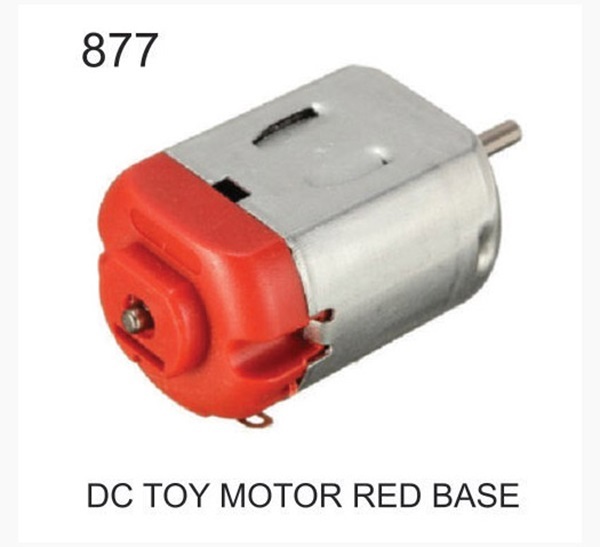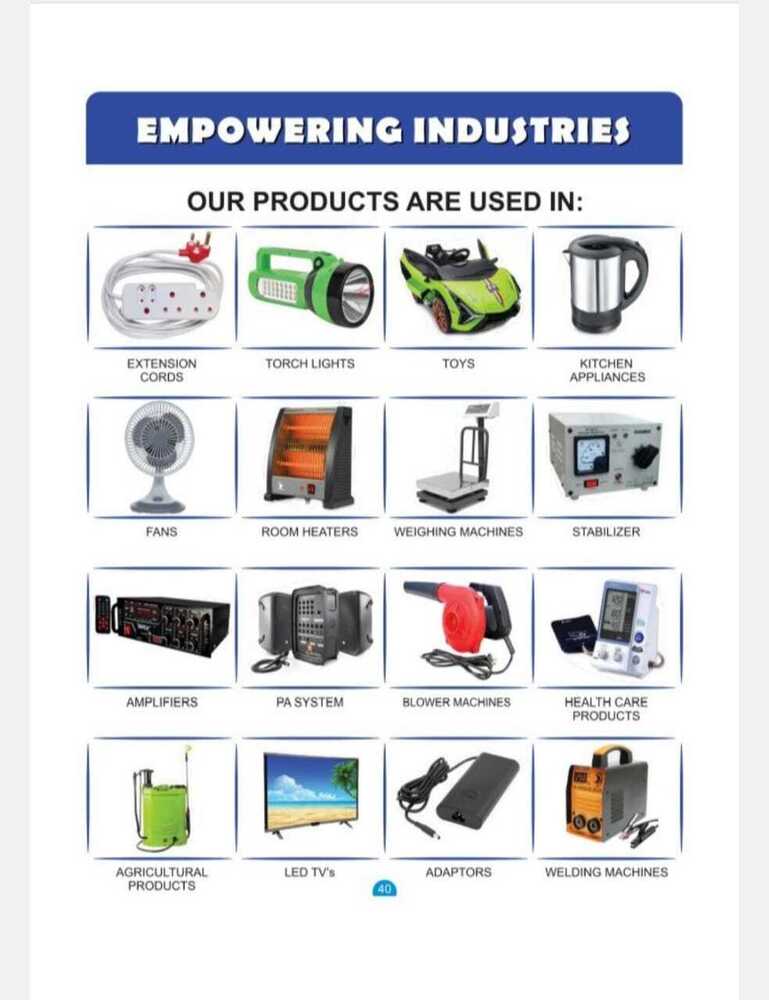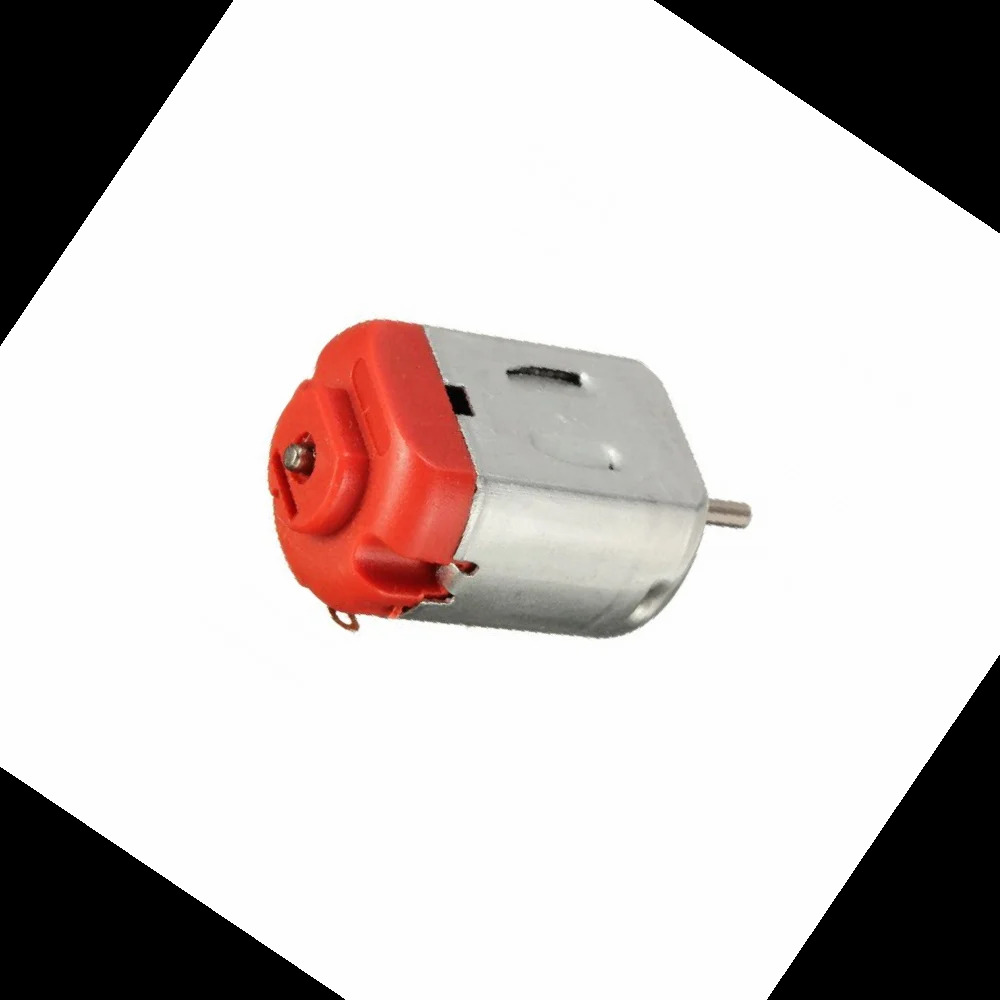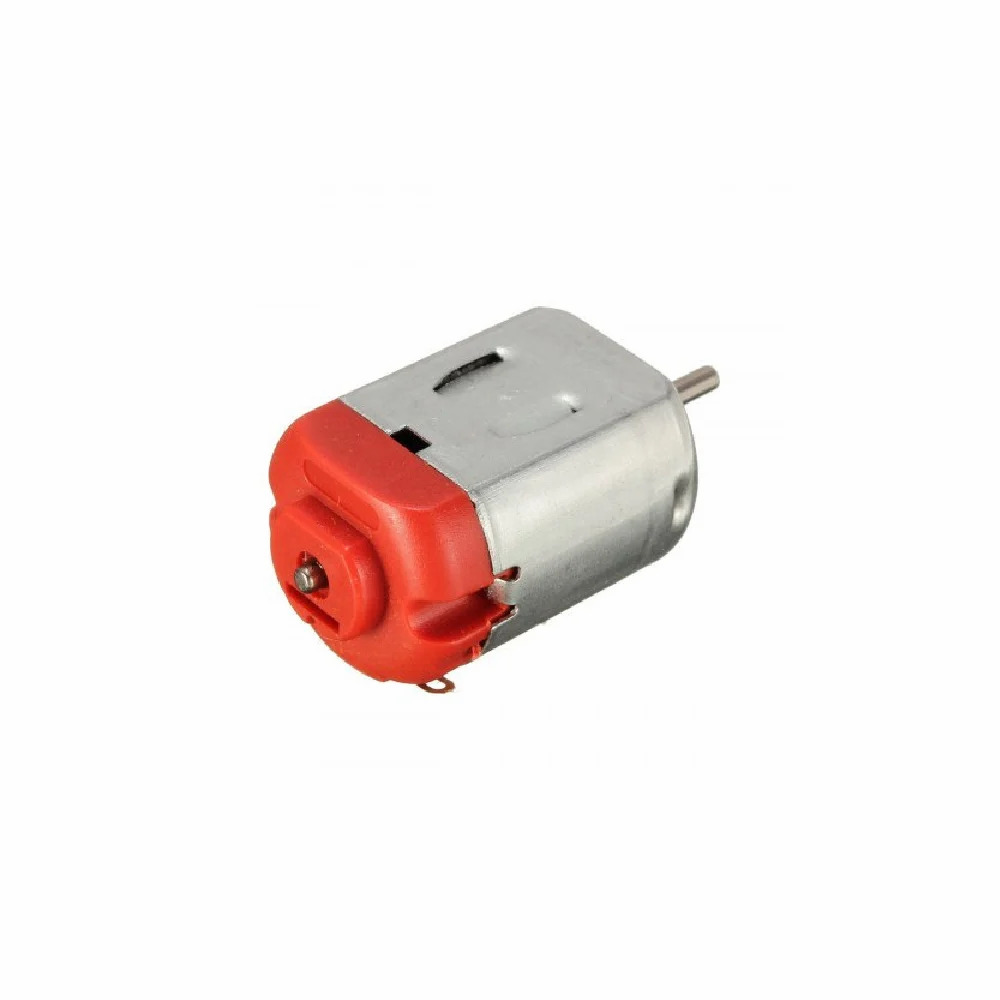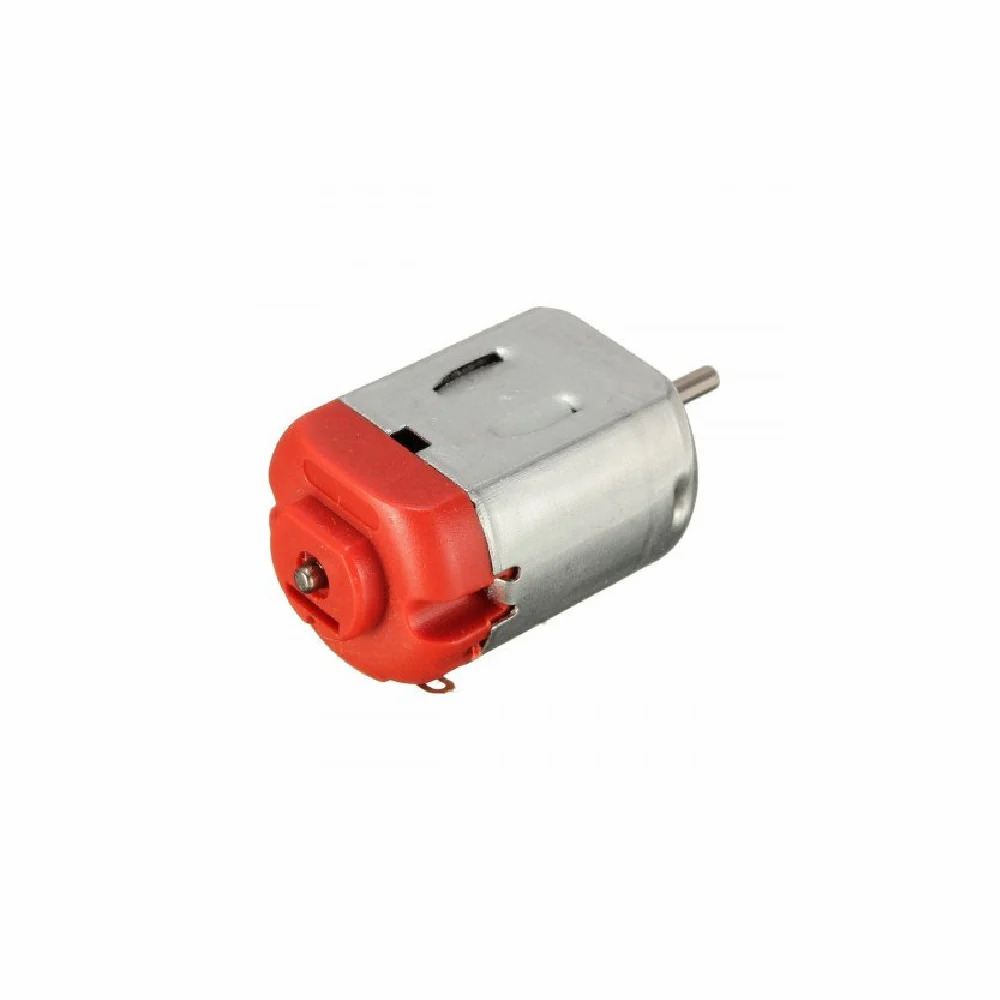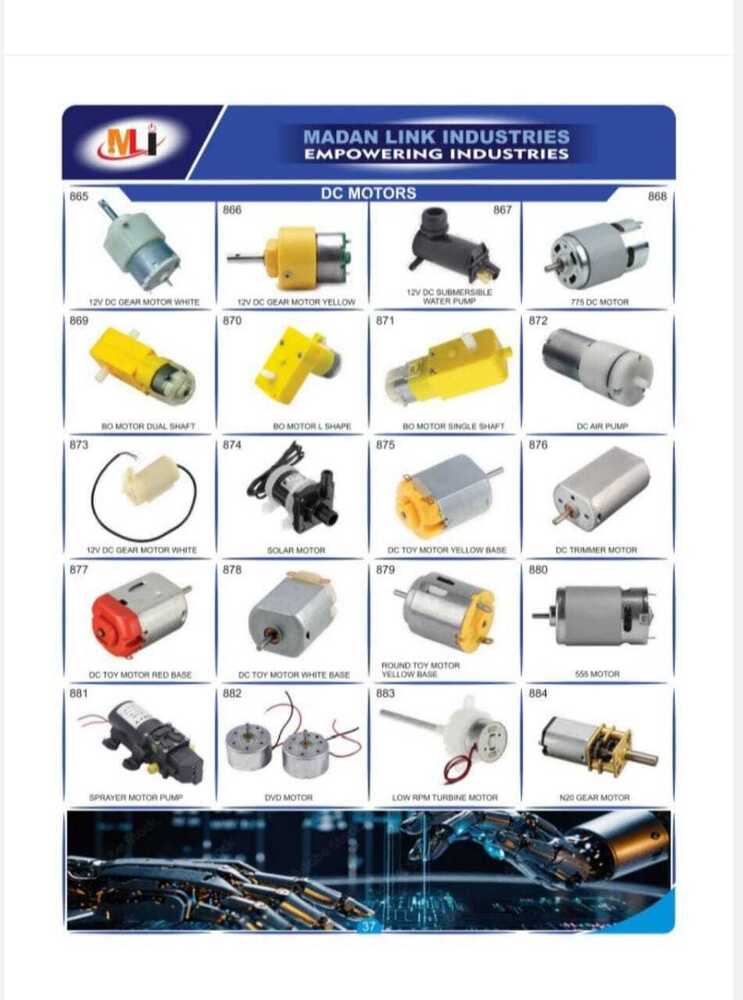FAQs of DC TOY MOTOR RED BASE:
Q: How do I connect the DC Toy Motor to a power supply?
A: You can connect the DC Toy Motor using its solder lug/terminal connectors. Securely solder wires from your DC power source (1.5V-6V) to the terminals to achieve a stable electrical connection.
Q: What benefits does this motor provide for hobby projects and educational kits?
A: This motors compact size, lightweight construction, and economical price make it suitable for a wide range of DIY, educational, and hobby applications. Its ease of connectivity and standard features empower learners and creators to build and experiment confidently.
Q: When should I use bidirectional rotation, and how is it achieved?
A: Bidirectional rotation is useful when your project requires the motor to spin in both directionsfor example, reversing a toy car. You can achieve this rotation by swapping the polarity of the DC supply connected to the motor terminals.
Q: Where can the DC Toy Motor be mounted safely in a project?
A: The motor can be mounted using through-hole or bracket mount options. Ensure the base is securely affixed to prevent movement during operation and allow adequate airflow for cooling.
Q: What is the process for determining the appropriate operating voltage and current for this motor?
A: Consult your projects power requirements and match them within the motors rated voltage range (1.5V-6V DC). At a typical load and 3V, the motor draws 80-120 mA; monitor this to prevent overheating or excessive wear.
Q: How does the metal body with plastic base benefit the overall motor function?
A: The metal body provides structural durability, while the plastic base helps minimize weight and supports efficient mounting. This combination results in a motor that is both sturdy and easily incorporated into compact designs.
